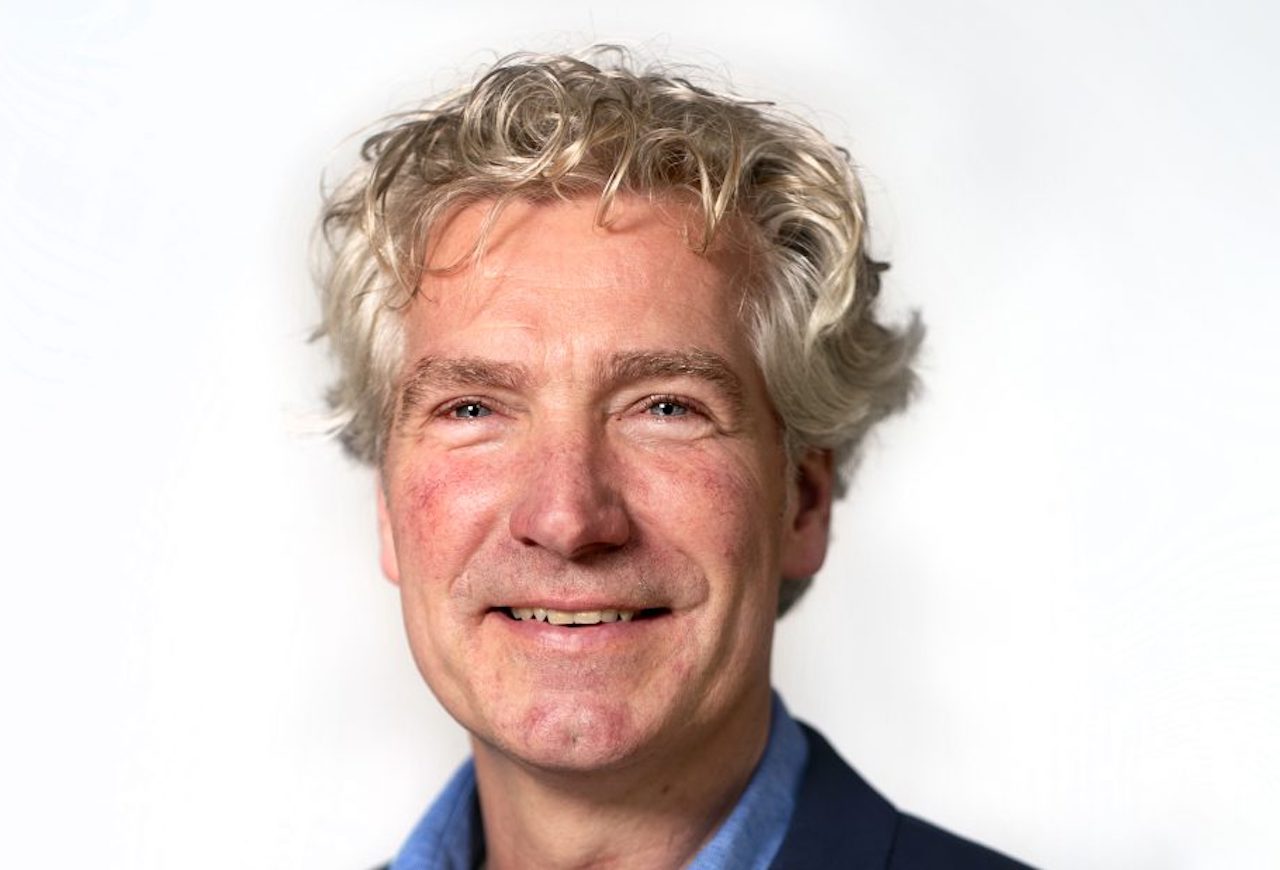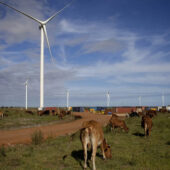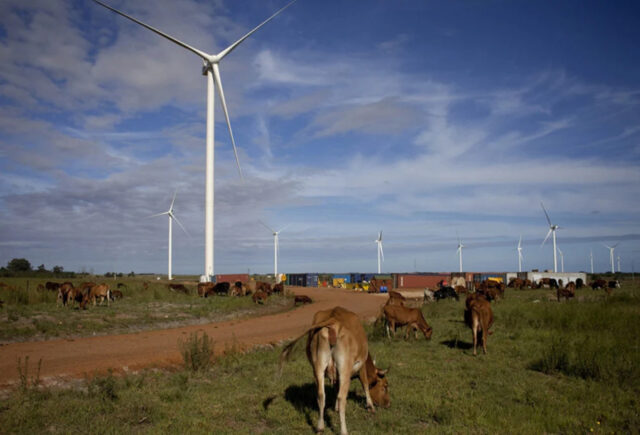New EU rules for crowdfunding are transforming the sector. The bloc’s second largest crowdfunding platform, just created with the merger of Oneplanetcrowd and Invesdor, will have a particular focus on energy projects.

The second largest EU-wide crowdfunding platform has been created with the merger between Helsinki-based Invesdor Group and Dutch Oneplanetcrowd. Slightly larger in volume is the French October platform, which has offices in five European countries.
With over €330m of invested capital, the Invesdor Group already was one of the largest platforms operating in the EU, active in Germany, Finland, and Austria. The merger with the smaller Oneplanetcrowd, with roughly €100m in capital, allows Invesdor to work also in the Benelux.
It’s expansion goals may not have been fully satisfied yet: announcing the merger, Invesdor’s CEO Christopher Grätz said he did not rule out acquisitions in other countries in due course. Insiders expect the Nordic region to be the next target.
The merger is a direct result of the New Regulation on European Crowdfundig Service Providers (ECSP), which was introduced to overcome the biggest EU-crowdfunding industry’s problem: its fragmentation. The new regulation has opened doors for pan-European crowdfunding expansion; many platforms now feel the urge to go cross-border and find new partners to grow together.
Several acquisitions took place last year and others are in the making. The Dutch platform Symbid was acquired by Romanian crowdfunder SeedBlink, which focuses on tech startups and scale-ups. The October platform acquired its French competitor Credit.fr, while the Babyloan, another French platform,became part of Lendahand from the Netherlands.
Another development is the increased interest among crowdfunding parties from the UK and US, which are expected to enter the pan-European market soon.
Two large US crowdfunding platforms already applied for permits to operate in Europe: Wefunder (Invest in Startups You Love), as well as Invest in Climate | Raise Green. ‘Bitcoin bank’ Republic acquired UK crowdfunding platform Seedrs at the end of 2021, to create the ‘world’s first private investment platform’. The UK-based Crowdcube, with £1bn invested the largest equity crowdfunding platform in Europe, raised an investment from SeedInvest, a leading startup fundraising platform in the US.
All these movements have been strongly influenced by the opportunities offered by the new pan-European crowdfunding market.
“Quadrupling our investment power”

Coenraad de Vries, co-founder of Oneplanetcrowd, expects there will be room on the European crowdfunding market for 5-10 major players in the coming years. “The creation of the new market will undoubtedly lead to a significant expansion in crowdfunding. So there will definitely be opportunities for some new players.”
Oneplanetcrowd is a subsidiary of StartGreen Capital, an early-stage investor and one of the largest fund managers in the Dutch clean tech segment. De Vries is managing partner at StartGreen and a board member of the European Crowdfunding Network, Eurocrowd. He is very pleased with the merger with Invesdor: “As Oneplanetcrowd,we’re going from 40,000 investors to 170,000, quadrupling our investment power.”
“We merge our knowledge of sustainability and impact crowdfunding with Invesdor’s investment proposition”, he explains. “They wanted to expand to the Benelux and also get more involved in sustainability, but only together with a party that is already good at it.”
Regional energy projects
A big challenge for the new organisation is the huge amount of regional energy projects to be financed in Europe. De Vries: “Impact investing is a fast-growing sector in crowdfunding. It’s badly needed, and people enjoy being a direct participant in a wind farm or a solar field. Or in a scale-up developing a new technology. There is a huge investment desire to contribute to this.”
The strong growth of energy cooperatives in countries like the Netherlands, Germany and Denmark – in this last country it is even mandatory that every energy project has a local component – offers many opportunities. “Energy cooperatives are about public financing, also a kind of crowdfunding.”
Banks can play an important role here too, says De Vries. “We already finance projects together with Rabobank and ASN Bank. They see crowdfunding as an additional financing instrument, precisely in areas where they are less able to operate. Local energy projects require citizen participation that banks cannot provide, while we have a track record for organising local crowdfund campaigns.”
When it comes to financing energy projects, the cooperation between banks and crowdfunding platforms is rising. “This way more sustainable projects can get funded, and societal change is stimulated. We now also want to make this kind of agreements in the countries where Invesdor was already active, Germany, Finland, and Austria. So for banks, the professionalisation of the crowdfunding sector as a result of the creation of the pan-European market is also important.”
Making crowdfunding more liquid
Thanks to the new European regulations crowdfunding can now make greater progress, says De Vries. “The lack of a common market made the difference between us and the US and the UK. The US crowdfunding market has exploded in recent years. That is also the reason that this sector wants to expand to Europe. In the UK crowdfunding has always been big. The European Commission now really wants to improve access to finance for SMEs, for fast-growing companies, for energy parks, etc. That is why the market for crowdfunding has been thrown open.”
A big improvement is also that crowdfunding platforms that acquire the new ECSP license now can facilitate trading of bonds and shares among their investors, making crowdfunding more liquid. Investors on the platform can buy and sell their bonds and shares. This makes it possible for companies to raise longer term finance. For example debt for longer than 10 years to finance the construction of renewable energy projects.
De Vries concludes: “This ends one of the most hindering factors for crowdfunding. There is no market place yet, but we now can create a secondary market place, as platforms enable direct selling and buying of individual crowdfunding investments.”





